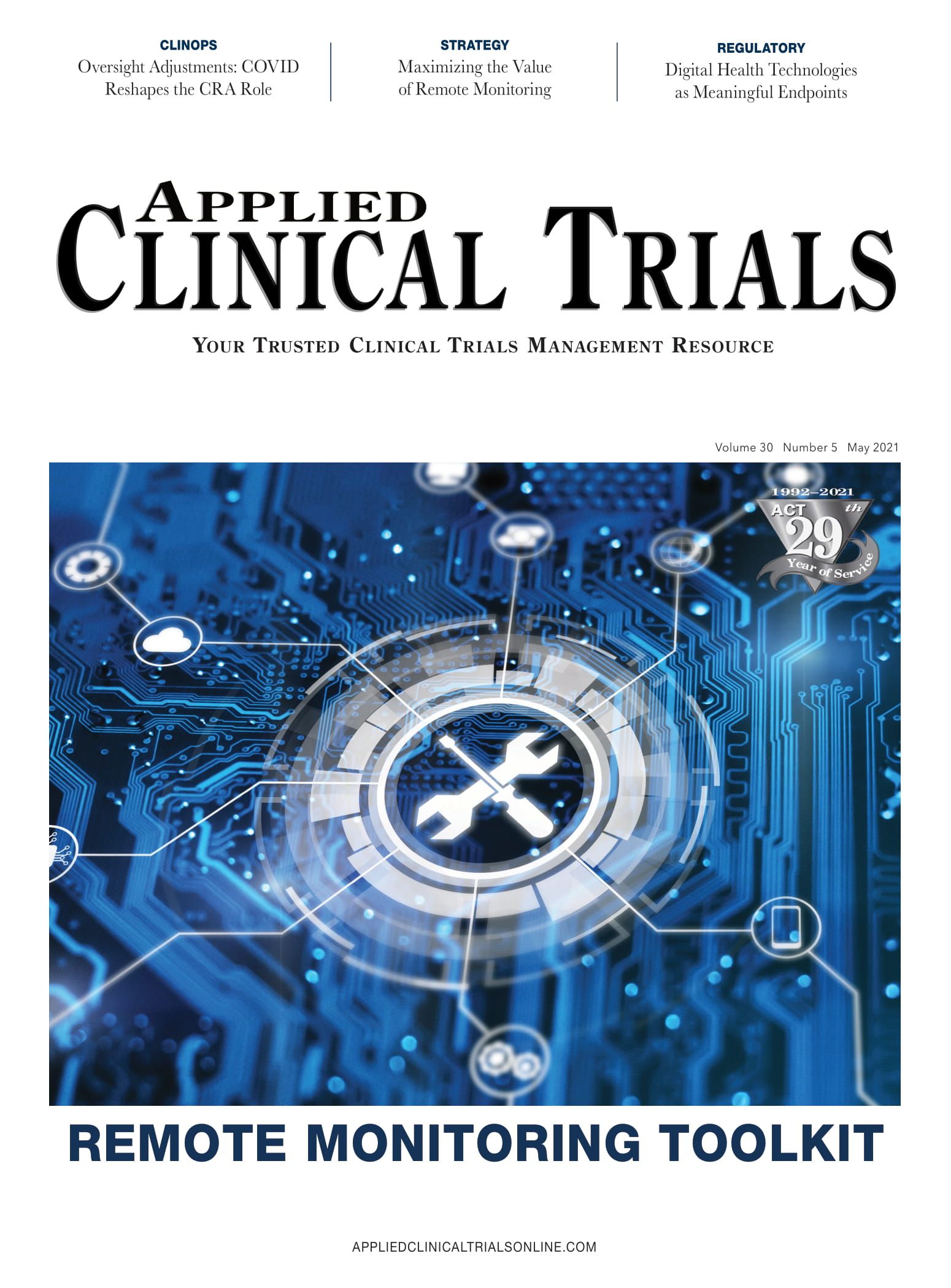Aligning Medical Monitoring and Data Science
COVID-19 creates unique challenges for medical monitors.

The clinical research community is experiencing unprecedented challenges when it comes to treating COVID-19 and its associated symptoms, particularly tracking the impact of off-label use of existing medicines, repurposed drugs, new standard of care protocols, and new therapies under investigation.
These challenges have shown us, that as a community, in times of crisis, we must be ready to handle an increasing number of special situations, such as medication misuse, off-label use, medication and administration errors, and drug interactions. For example, we have also seen the importance real-world evidence plays in identifying risks associated with the COVID-19 vaccines that were granted emergency use authorization, as well as how critical real-time insights are to improving patient management and health outcomes.
Regulators have shared guidance to ensure global drug safety. In May 2020, FDA issued “Postmarketing Adverse Event Reporting for Medical Products and Dietary Supplements during a Pandemic.” Similarly, the MHRA has created a dedicated website to report side effects of medications and the use of medical devices. The EMA has also called on the medical community to report suspected side effects of therapies used to treat COVID-19 patients and to track drug interactions.
These initiatives call for the close, real-time monitoring of treatments that are used under emergency-use-approval and off-label use. We must understand their effectiveness and safety, especially while treatment protocols are frequently changing.
Undoubtedly, these challenges also impact clinical trials and the work performed by research teams, particularly medical monitors. As an example, off-label use of medications or use of drugs that are not part of the standard of care to manage COVID-19 symptoms increases the possibility of the occurrence of adverse events. These side effects will have to be evaluated not only in terms of their relatedness to the study drug, but also in terms of potential interactions. To protect patients’ safety throughout the course of a study in this environment, the role of medical monitoring should be redefined from an analog process perspective that heavily relies on reviewing spreadsheets, to utilizing modern review methodologies that focus on data science. To adapt to this need, medical monitoring needs to move from data handling in silos using old-school methods to new methods that enable the synchronous interaction of data monitors with stakeholders who handle data.
By continuing to use rudimentary tools and lacking expertise in data science, the productivity and quality of the medical monitoring team may be severely compromised. This poses a risk to roles that exist to identify and mitigate clinical risks in study design and conduct, providing strategic oversight that helps to ensure patient safety and data integrity. However, the medical monitor’s role doesn’t have to evolve into a more technical one, rather it must evolve to ensure the focus remains on what really matters–gaining valuable insights into the data.
The same way in which traditional clinical data management evolved to a more data science-focused approach, so too must medical monitoring. Medical monitors must be armed with improved data analysis tools. A modern electronic data capture platform, or any other platform or technology alone, will not enable this evolution in medical monitoring. That’s because using such systems often still involves unclean data and lengthy reviews, which do not allow for the identification of outliers and trends. Smart listings, visualization tools, and a deep understanding of the database beyond the study protocol, are a few items that will allow for a comprehensive review and that will enable monitors to grasp the bigger picture and make the most of the data. Understanding data science and the tools that support it is essential for medical monitors. With this knowledge, they will be better equipped to apply smart medical data review methodologies and provide valuable insights by making the most of clinical data assets.
Clinical trials are increasing in complexity with more data points, more data sources, more technologies, and more integrations, while the timelines get shorter and shorter. Increasing data transparency requirements and communication with regulators have already transformed operations. As such, medical monitors must embrace a data-savvy approach to continue proactively adding value.
Lusiane Belaus, Director, Global Medical Advisors, Bioforum

What Can ClinOps Learn from Pre-Clinical?
August 10th 2021Dr. Hanne Bak, Senior Vice President of Preclinical Manufacturing and Process Development at Regeneron speaks about her role at the company as well as their work with monoclonal antibodies, the regulatory side of manufacturing, and more.